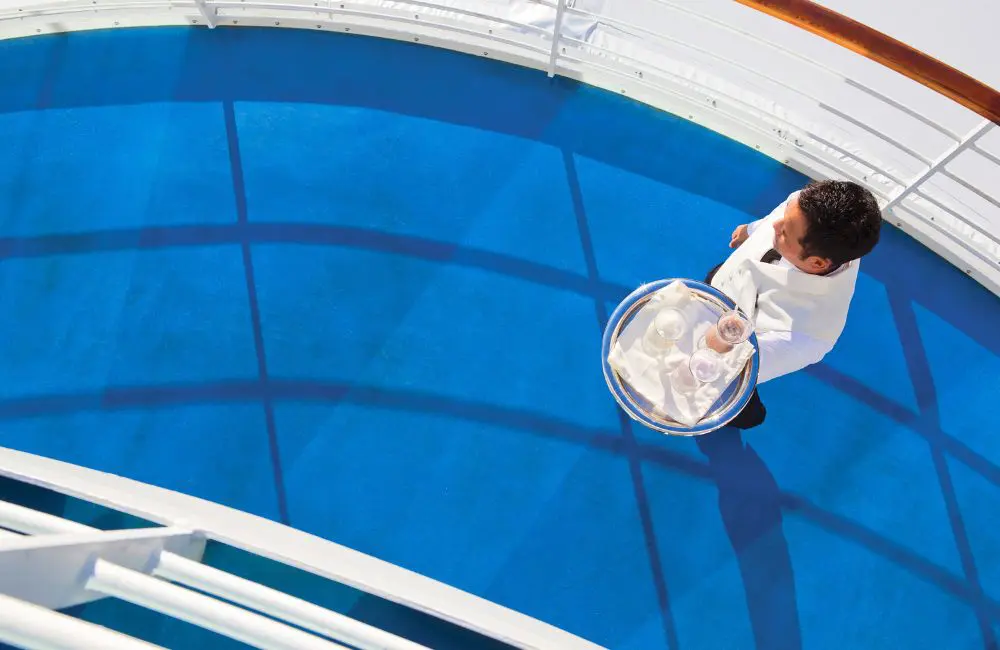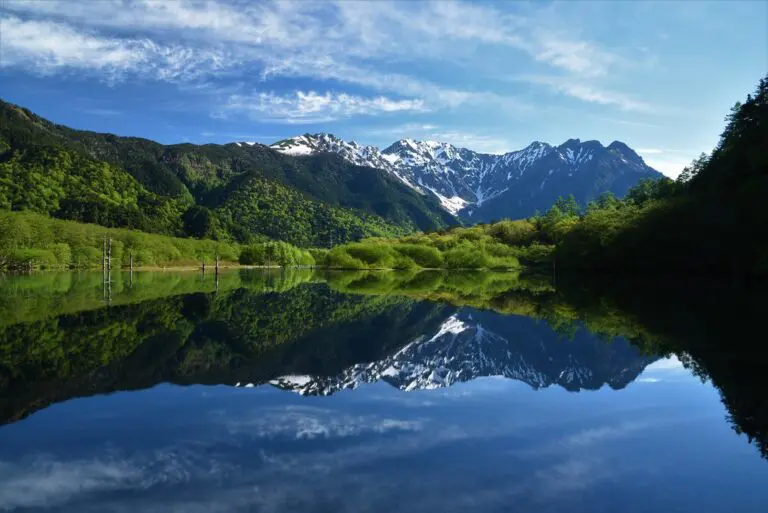CLIA’s State of the Cruise Industry Report 2025 is out, and there’s been a boom in the luxury cruise sector with the luxury vessel fleet more than tripling since 2010.
The CLIA State of the Cruise Industry Report shows more than 70 per cent of cruise ships sailing in the global fleet are small- and mid-size ships, and that’s forecast to stay the same through 2036.
Travel advisors are seeing the highest growth in cruise bookings from the premium, luxury and expedition segments, and by 2028, 1.5 million travellers are forecast to choose a luxury cruise experience.
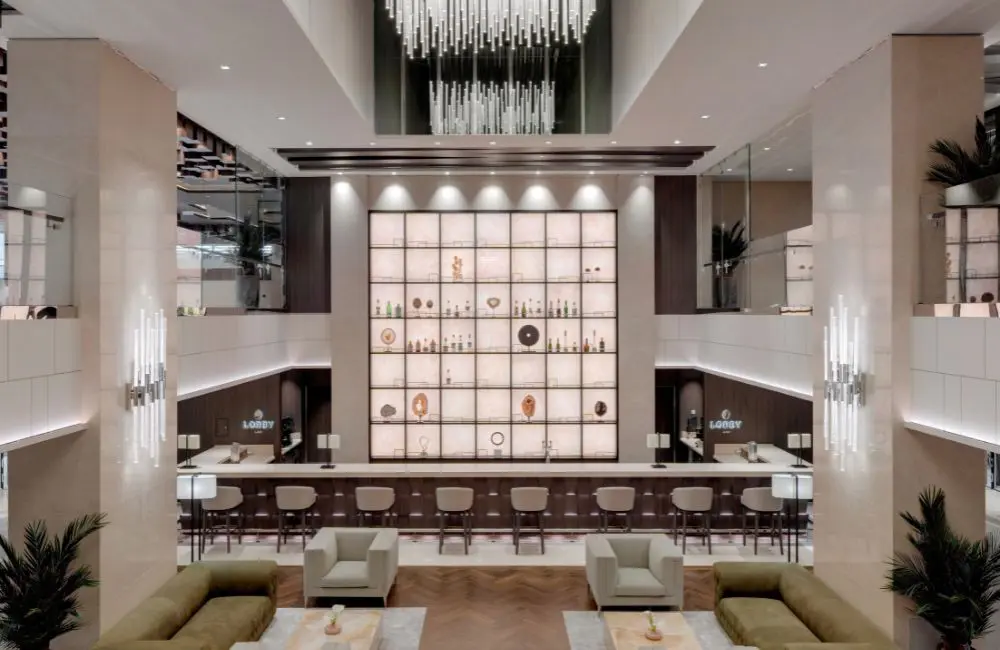
CLIA MD Joel Katz says luxury cruising has been showing strong growth around the world and the Australian market is no exception.
“It is a high-value segment, with guests who are drawn towards extraordinary destinations and once-in-a-lifetime experiences.
“The focus is on luxury, but these cruises can still offer terrific value when compared to similar standards of hotels or resorts on land. They represent an excellent opportunity to target high-value travellers.”
Katz says a strong theme among luxury operators is the creation of exclusive events or activities to connect guests to the destinations they visit.
“Luxury cruising has evolved into one of the most exciting areas of travel, where the creation of extraordinary experiences on shore is just as important as the experience on board.”

The CLIA report also shows some other startling figures – for example, 34.6 million people took an ocean cruise worldwide during 2024, a record increase over 2023; cruise passengers represent only 2.7 per cent of tourism worldwide; and cruise ships make up fewer than one per cent of the world’s commercial maritime fleet.
In general, cruisers are getting younger, with Generation X (ages 45 to 60) and Millennials (ages 29 to 44) the most likely to cruise again; and baby boomers (ages 61 to 79) are the wealthiest retiring generation in history, spending US$157 billion annually on travel.
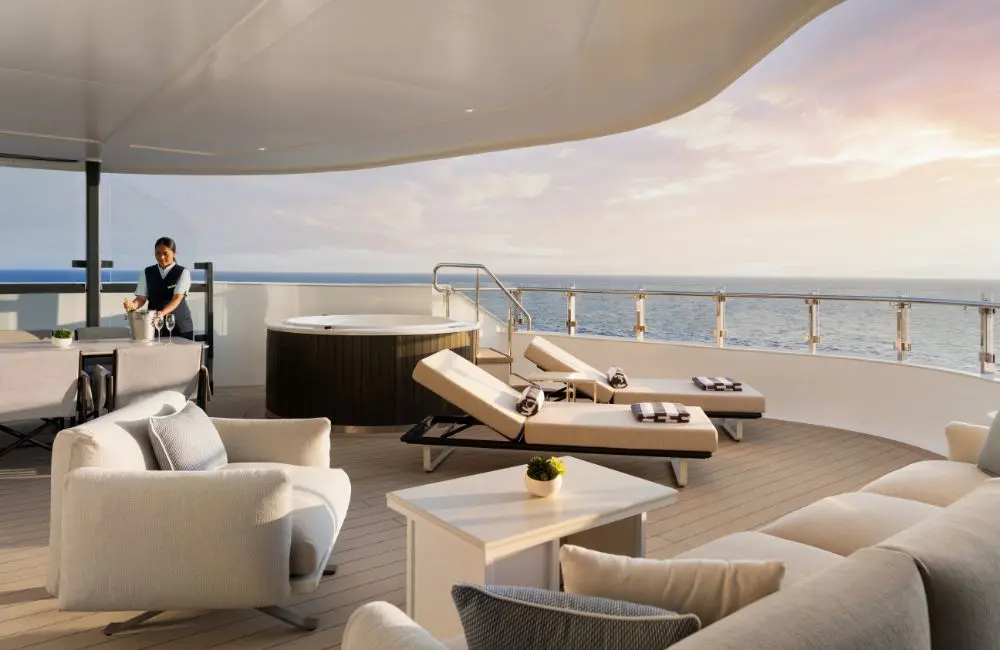
Growth in the luxury sector
Long-standing classic luxury lines such as Crystal, Regent Seven Seas, Seabourn, SeaDream and Silversea have been joined by newer operators, including MSC Cruises’ luxury brand Explora Journeys and Scenic’s Discovery Yachts.
Global luxury hotel groups Ritz-Carlton, Accor Orient Express, Four Seasons and Aman are also launching ultra-luxe superyachts, mostly to cruise the Mediterranean and Caribbean – a trend that reflects the incredible potential of the luxury cruise sector.
Several of these companies are investing billions of dollars in building new ships over the next few years. Crystal has three 690-guest ocean ships on order, due in 2028, 2030 and 2032.
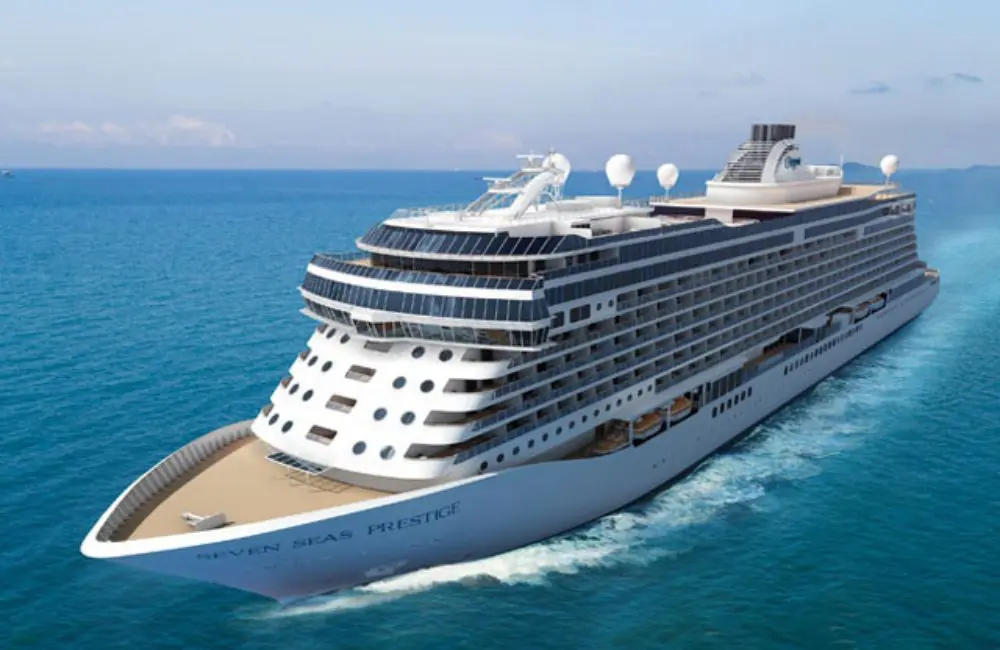
Regent’s 850-guest Seven Seas Prestige, the first of two Prestige-class ships, is due in late 2026/early 2027.
Explora Journeys’ 900-plus-guest LNG-powered Explora III and Explora IV are due in 2026 and 2027, followed by two hybrid-powered ships in 2027 and 2028.
Oceania Cruises, which NCL Holdings’ Chief Luxury Officer Jason Montague now classifies as luxury with the launch of its two newest 1200-guest ships, Oceania Vista and Oceania Allura, is also building two more sister ships, due in 2027 and 2028.

The blurred lines of luxury
As CLIA Australasia’s Joel Katz says, “The definition of luxury now means different things to different people, and this is reflected in the diversity of choices available, and the level of customisation offered to the luxury traveller.”
Having the time and funds to take expedition or “exploration” cruises to remote destinations is certainly one definition of luxury travel in 2025.
Companies such as Aurora Expeditions, Crystal, Hapag-Lloyd, Lindblad, Ponant (which now counts Aqua Expeditions as one of the family), Seabourn, Scenic and Silversea have purpose-built ships that provide an extremely high level of services and amenities along with the capacity to navigate everywhere from the Polar regions to South and Central America, Africa, Indonesia, Papua New Guinea and Micronesia.
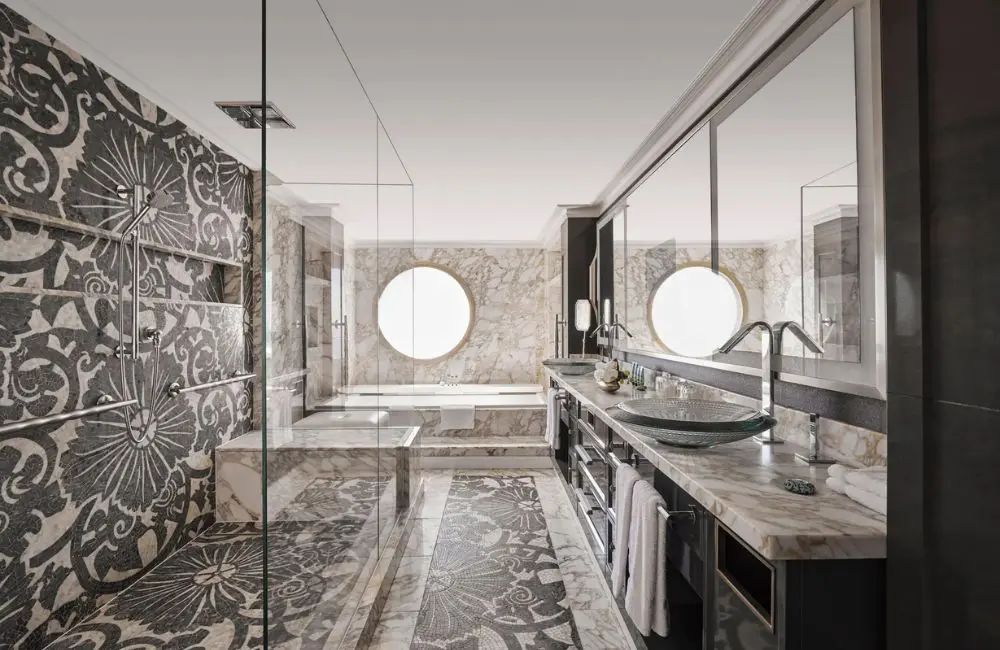
The CLIA State of the Industry Report notes that expedition and exploration continue to attract cruise travellers – especially well-heeled younger travellers, who are seeking extraordinary experiences.
The report shows that from 2023 to 2024 the number of passengers sailing on expedition/exploration cruises increased 22 per cent and there was a 150 per cent increase in global capacity for expedition and exploration ships from 2019 through 2029.
Luxury expedition ships due to start exploring in the next two years include Aurora Expeditions’ third vessel, the 180-guest Douglas Mawson (August 2025); Atlas Ocean Voyages’ 200-guest World Adventurer and sister ship World Discoverer (2026 and 2027); and Antarctica21’s 96-guest, hybrid-electric ship Magellan Discoverer (September 2026).
Coming up very soon, new Australian company Pearl Expeditions’ boutique, 30-guest Paspaley Pearl will set sail in the Kimberley in July, followed by seasons in Papua New Guinea, East Indonesia, Raja Ampat and Borneo.
For more information, visit State of the Cruise Industry Report.


